This week marks the conclusion of my first 30 days in Paris. But unlike the previous week which was deliberately organized around a theme, I allowed the events of the past seven days to unfold as questions into my own artistic practice began to surface in earnest. I reckoned that my previous forays into the museums and monuments, churches and communities were based on pre-departure plans and echoes of art history textbooks. In other words, my itinerary was set by a desire "to see the original" of this and that featured art work or destination. This approach is extremely helpful and has allowed me to accomplish a lot of my projected research in record time. But it is also a handicap in the sense that one misses the forest for the trees: I was not behaving or responding creatively and discerned that I was just doing rounds of cultural tourism. I desired a new perspective, a new mindset, to see Paris with a new pair of eyes and an open mind. So I junked my art history lessons and trusted my intuition more, even if it meant revisiting previous sites.
To frame a proper contrast I took the Metro to La Defense, where the Grande Arche is situated in an ultramodern complex of skyscrapers and super malls. To my relief I went there on a Sunday morning and the vast expanse of the Esplanade was devoid of crowds. The avenues and streets of Paris central is easily quaint in its preserved state: one can even hear an accordion while promenading on bridges and along boulevards and think of the 19th century and even the early 20th. La Defense took me back to the 21st and its present exhibit of outdoor sculpture projects, electronics shops and shiny sleek buildings easily shifted my attention from nostalgia to ici et maintenant, the here and now. Later that day I visited the Arc de Triomphe and immediately understood the correlation between the two large arches as distinct markers of epochs. The Arc was a monument to a time when war meant destructive subjugation of territories. The Arche is a symbol of a time when contestation is staged in spheres of influence, and of conquests of world trades and markets.
The proper regard for the past, for history in the context of today's issues and future trajectories revealed itself as a concern for the following days.
I resumed walking as a means of ambulation and of peripatetic meditation. I even revisited the Left Bank by using a different route through Ile de St.Louis than the busier Ile de la Cité. In front of the Pantheon I witnessed a student demonstration: to the beat of a drum a beeline of students with clicking drumsticks marched silently but with a sense of purpose, banners and posters raised high like a herald. As a former member of a University student government and an erstwhile supporter of progressive demagoguery, I truly admired this subtle, no-agitation, voiceless method of raising issues to the public. We could learn something here, this capital of revolutions and mass movements.
The following day I took the same route and enjoyed a sunny morning in the lanes and sights at the Jardin de Luxembourg. The sculptures of the queens of France and the Medici fountain supplied my need for art for the day as I sketched the people playing by the fountain, who like me, were enjoying the warm day, lounging on the metal chairs of the garden. By observing the public statues I descried long, thin, metal rods sticking out of all the heads - a queer sight until I later discovered they were a deterrent to birds who alight and promptly poop on them. The Luxembourg trip was also insightful as the orange tinge of the autumn sun struck the marble and gravel of the gardens with a salmon-colored glow. Juxtaposed with an azure sky and purple-hued shadows cast by people walking and children playing with model sailboats in the fountain - voila! It was an Impressionist painting coming to life before my eyes. It was not hard to imagine what Manet, Seurat, Bonnard, Pissarro and the early Cezanne had seen and painted. I actually felt deja vu because at one point a couple passed by me and I noticed the moon was still visible in the sky - a John Singer Sargent painting! In cloudy days the play of grays and the nuances of white on the pavement and buildings made me think of Whistler's works...and they do resemble his palette. So, all my history books were misleading by setting up chronologies and social contexts of artworks - the early modernists painted what they did because there was truth in their natural light, quite literally. There isnt any mystery at all: life was just like that. Even the riotous canvases of Tolouse-Lautrec, Picasso and Dali can find their place and context in the bohemian life that can still be seen in Montmartre, with all its sex toy shops, peeping shows and the Moulin Rouge.
With a reloaded Navigo monthly pass (instead of a weekly one), I went to Invalides but refrained from buying a ticket to the museum as I was not in the mood for looking at weapons of war. Curiously though while in the middle of the courtyard I noticed the rows of cannons pointing all at me. This edifice was built as a hospital and retirement home for wounded soldiers of war, and under its gilded dome (glittering in the Parisian panorama) is the tomb of Napoleon. I spent the day sketching around the building and proceeded down the Esplanade to the Petit Palais, which I wanted to visit. Enroute I found the bronze sculptures of Pont Alexandre III to be quite amusing, though Ive noticed some vandalism in most of them (punched holes, beaten and flattened arms etc.) Rain and the fact that the Petit Palais was closed forced me to leave and spent the day making large drawings.
I was in Trocadero at the Palais de Challiot the next morning and ignored the looming view of the Eiffel Tower for the rows of gilded sculptures that line the promontory. I thought they looked like the works of Maillol and Bourdelle and eventually found out that they made by either accomplices, students or contemporaries. I found larger crowds of people milling around due to the All Saints Day holiday. It was like a Sunday! I tried to evade the hoi poloi by going to Musée Guimet but found to my dismay a block long queue, with the rain falling quite hard. I was able to gain access the following day (despite an early line) but no sooner than two hours and two-thirds into the tour a public address boomed to announce a technical problem in the building and we were all herded out of the museum! This was followed by a breakdown of the metro train that I took back to Cité des Arts - it was clearly an inauspicious day for technology. But what I have gathered in the form of sketches, studies and photographs of the Asian art collection of the Guimet was sufficient. My objective in this museum visit (my first in almost two weeks) was to look at the works and be provoked into thinking of art projects. This was the creative consciousness - non-academic, non-historical and certainly non-tourist mindset - that I aspired to practice and it worked. Even as my eviction from the Guimet meant a free return, I came out smiling with several ideas of artworks to make, and did not hasten to claim another visit next day.
Instead of going back to Guimet I went to a more accessible museum in the neighborhood, the Carnavalet in Le Marais. This is a museum dedicated to the history of Paris and its inhabitants and covers a staggering, if not chronological, scope of thousand years of settling, building, destruction, rebuilding, reformation, revolt and everything else. It is also free of entrance fees, at least with the permanent collection. I was relieved that the order of the exhibits was not in a perfect timeline. This allowed me to consider the feel (or what I call the lifeworld) of each epoch by means of paintings, interiors and objects and not be too conscious of what events transpired in each period. I wanted to savor the sense of living or existence of the everyday in such and such time. At one instance, while looking at the recreated bedroom of Marcel Proust, I tried to imagine him writing his long work on involuntary memory (On the Remembrance of Things Past) on his bed, as was his practice. Did he eat while writing? How difficult was it writing by candlelight? Did he fornicate as well as work in that same bed? Where does he relieve himself when in the midst of an involuntary inspiration? Irreverent as some of these thoughts may be, but they are inquiries into the manner and mode of living, of an individual. I began to think this way and even gave my immediate reactions some utterance. Such as: Danton was an incurably ugly man, Robespierre had a face of a acerbic bishop, the Seine overflows and floods the city like the Marikina River in times of typhoons, it looks terribly cold in snow-laden winters, paintings of revolutions featured crowds and mobs all the time - like EDSA, etc. I was trying to use my vernacular to render a point of meaning to an otherwise relatively irrelevant timeline of events. Then I began to appreciate even the simplest framed Declarations of the Rights of Man and Citizen as a document forged by seemingly endless revolutions and bloodletting. That people died, and lived, passionately and even nonchalantly - this is what I wanted to hear from history, this is what I wanted to see from a museum dedicated to one. This was my mindset when I took the walk through the room of Paris prehistory and felt the wheelies while looking inside a Roman period sarcophagus - someone's body decomposed there!
So I took the last day to revisit Musée de Quai Branly, and this time went inside to look at the objects not as an anthropologist would, but as a human being curious about other human beings. This time the African fetishes and sacred guardians were not idols but expressions of fear and faith. The MezoAmerican tools for human sacrifice appeared bloody, as well as the weapons for beheading of the Polynesians. I wondered if the clothes on display were comfortable to wear and how I could manage wearing a very tall Dogon star people mask without falling over. I noted ivory combs and thought of how they might be employed and speculated on the practical usage of Saharan punishment dolls and if I can make some of those people who annoy me. I even thought of making terracotta whistles like the animal-shaped ones of the Aztecs and chewed an imaginary nacho chip while looking at a sculpture of maize. I exited hungry but at the same time quite replenished. I was not looking for objects to see, but a way of seeing that made objects speak of life.
A Japanese proverb comes to mind. "Visit the past to see the future". This in a capsule, expresses what I have learned this week. If no monument, museum object, nor church detail can evoke or provoke a vision in me of what more can be achieved or made, then I am in spirit truly dead and inert. Gladly I can testify (with preponderance of Proust's nocturnal habits) that I am still alive. And truly provoked.
To frame a proper contrast I took the Metro to La Defense, where the Grande Arche is situated in an ultramodern complex of skyscrapers and super malls. To my relief I went there on a Sunday morning and the vast expanse of the Esplanade was devoid of crowds. The avenues and streets of Paris central is easily quaint in its preserved state: one can even hear an accordion while promenading on bridges and along boulevards and think of the 19th century and even the early 20th. La Defense took me back to the 21st and its present exhibit of outdoor sculpture projects, electronics shops and shiny sleek buildings easily shifted my attention from nostalgia to ici et maintenant, the here and now. Later that day I visited the Arc de Triomphe and immediately understood the correlation between the two large arches as distinct markers of epochs. The Arc was a monument to a time when war meant destructive subjugation of territories. The Arche is a symbol of a time when contestation is staged in spheres of influence, and of conquests of world trades and markets.
The proper regard for the past, for history in the context of today's issues and future trajectories revealed itself as a concern for the following days.
I resumed walking as a means of ambulation and of peripatetic meditation. I even revisited the Left Bank by using a different route through Ile de St.Louis than the busier Ile de la Cité. In front of the Pantheon I witnessed a student demonstration: to the beat of a drum a beeline of students with clicking drumsticks marched silently but with a sense of purpose, banners and posters raised high like a herald. As a former member of a University student government and an erstwhile supporter of progressive demagoguery, I truly admired this subtle, no-agitation, voiceless method of raising issues to the public. We could learn something here, this capital of revolutions and mass movements.
The following day I took the same route and enjoyed a sunny morning in the lanes and sights at the Jardin de Luxembourg. The sculptures of the queens of France and the Medici fountain supplied my need for art for the day as I sketched the people playing by the fountain, who like me, were enjoying the warm day, lounging on the metal chairs of the garden. By observing the public statues I descried long, thin, metal rods sticking out of all the heads - a queer sight until I later discovered they were a deterrent to birds who alight and promptly poop on them. The Luxembourg trip was also insightful as the orange tinge of the autumn sun struck the marble and gravel of the gardens with a salmon-colored glow. Juxtaposed with an azure sky and purple-hued shadows cast by people walking and children playing with model sailboats in the fountain - voila! It was an Impressionist painting coming to life before my eyes. It was not hard to imagine what Manet, Seurat, Bonnard, Pissarro and the early Cezanne had seen and painted. I actually felt deja vu because at one point a couple passed by me and I noticed the moon was still visible in the sky - a John Singer Sargent painting! In cloudy days the play of grays and the nuances of white on the pavement and buildings made me think of Whistler's works...and they do resemble his palette. So, all my history books were misleading by setting up chronologies and social contexts of artworks - the early modernists painted what they did because there was truth in their natural light, quite literally. There isnt any mystery at all: life was just like that. Even the riotous canvases of Tolouse-Lautrec, Picasso and Dali can find their place and context in the bohemian life that can still be seen in Montmartre, with all its sex toy shops, peeping shows and the Moulin Rouge.
With a reloaded Navigo monthly pass (instead of a weekly one), I went to Invalides but refrained from buying a ticket to the museum as I was not in the mood for looking at weapons of war. Curiously though while in the middle of the courtyard I noticed the rows of cannons pointing all at me. This edifice was built as a hospital and retirement home for wounded soldiers of war, and under its gilded dome (glittering in the Parisian panorama) is the tomb of Napoleon. I spent the day sketching around the building and proceeded down the Esplanade to the Petit Palais, which I wanted to visit. Enroute I found the bronze sculptures of Pont Alexandre III to be quite amusing, though Ive noticed some vandalism in most of them (punched holes, beaten and flattened arms etc.) Rain and the fact that the Petit Palais was closed forced me to leave and spent the day making large drawings.
I was in Trocadero at the Palais de Challiot the next morning and ignored the looming view of the Eiffel Tower for the rows of gilded sculptures that line the promontory. I thought they looked like the works of Maillol and Bourdelle and eventually found out that they made by either accomplices, students or contemporaries. I found larger crowds of people milling around due to the All Saints Day holiday. It was like a Sunday! I tried to evade the hoi poloi by going to Musée Guimet but found to my dismay a block long queue, with the rain falling quite hard. I was able to gain access the following day (despite an early line) but no sooner than two hours and two-thirds into the tour a public address boomed to announce a technical problem in the building and we were all herded out of the museum! This was followed by a breakdown of the metro train that I took back to Cité des Arts - it was clearly an inauspicious day for technology. But what I have gathered in the form of sketches, studies and photographs of the Asian art collection of the Guimet was sufficient. My objective in this museum visit (my first in almost two weeks) was to look at the works and be provoked into thinking of art projects. This was the creative consciousness - non-academic, non-historical and certainly non-tourist mindset - that I aspired to practice and it worked. Even as my eviction from the Guimet meant a free return, I came out smiling with several ideas of artworks to make, and did not hasten to claim another visit next day.
Instead of going back to Guimet I went to a more accessible museum in the neighborhood, the Carnavalet in Le Marais. This is a museum dedicated to the history of Paris and its inhabitants and covers a staggering, if not chronological, scope of thousand years of settling, building, destruction, rebuilding, reformation, revolt and everything else. It is also free of entrance fees, at least with the permanent collection. I was relieved that the order of the exhibits was not in a perfect timeline. This allowed me to consider the feel (or what I call the lifeworld) of each epoch by means of paintings, interiors and objects and not be too conscious of what events transpired in each period. I wanted to savor the sense of living or existence of the everyday in such and such time. At one instance, while looking at the recreated bedroom of Marcel Proust, I tried to imagine him writing his long work on involuntary memory (On the Remembrance of Things Past) on his bed, as was his practice. Did he eat while writing? How difficult was it writing by candlelight? Did he fornicate as well as work in that same bed? Where does he relieve himself when in the midst of an involuntary inspiration? Irreverent as some of these thoughts may be, but they are inquiries into the manner and mode of living, of an individual. I began to think this way and even gave my immediate reactions some utterance. Such as: Danton was an incurably ugly man, Robespierre had a face of a acerbic bishop, the Seine overflows and floods the city like the Marikina River in times of typhoons, it looks terribly cold in snow-laden winters, paintings of revolutions featured crowds and mobs all the time - like EDSA, etc. I was trying to use my vernacular to render a point of meaning to an otherwise relatively irrelevant timeline of events. Then I began to appreciate even the simplest framed Declarations of the Rights of Man and Citizen as a document forged by seemingly endless revolutions and bloodletting. That people died, and lived, passionately and even nonchalantly - this is what I wanted to hear from history, this is what I wanted to see from a museum dedicated to one. This was my mindset when I took the walk through the room of Paris prehistory and felt the wheelies while looking inside a Roman period sarcophagus - someone's body decomposed there!
So I took the last day to revisit Musée de Quai Branly, and this time went inside to look at the objects not as an anthropologist would, but as a human being curious about other human beings. This time the African fetishes and sacred guardians were not idols but expressions of fear and faith. The MezoAmerican tools for human sacrifice appeared bloody, as well as the weapons for beheading of the Polynesians. I wondered if the clothes on display were comfortable to wear and how I could manage wearing a very tall Dogon star people mask without falling over. I noted ivory combs and thought of how they might be employed and speculated on the practical usage of Saharan punishment dolls and if I can make some of those people who annoy me. I even thought of making terracotta whistles like the animal-shaped ones of the Aztecs and chewed an imaginary nacho chip while looking at a sculpture of maize. I exited hungry but at the same time quite replenished. I was not looking for objects to see, but a way of seeing that made objects speak of life.
A Japanese proverb comes to mind. "Visit the past to see the future". This in a capsule, expresses what I have learned this week. If no monument, museum object, nor church detail can evoke or provoke a vision in me of what more can be achieved or made, then I am in spirit truly dead and inert. Gladly I can testify (with preponderance of Proust's nocturnal habits) that I am still alive. And truly provoked.
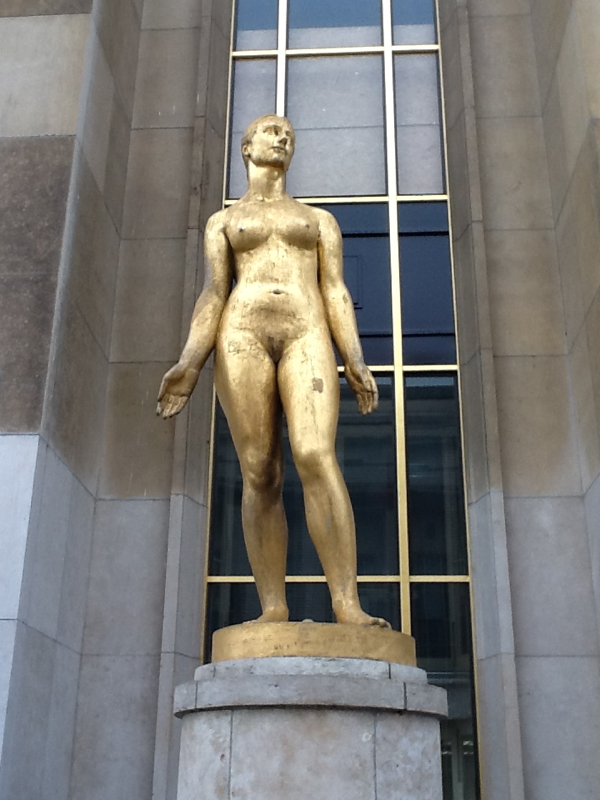
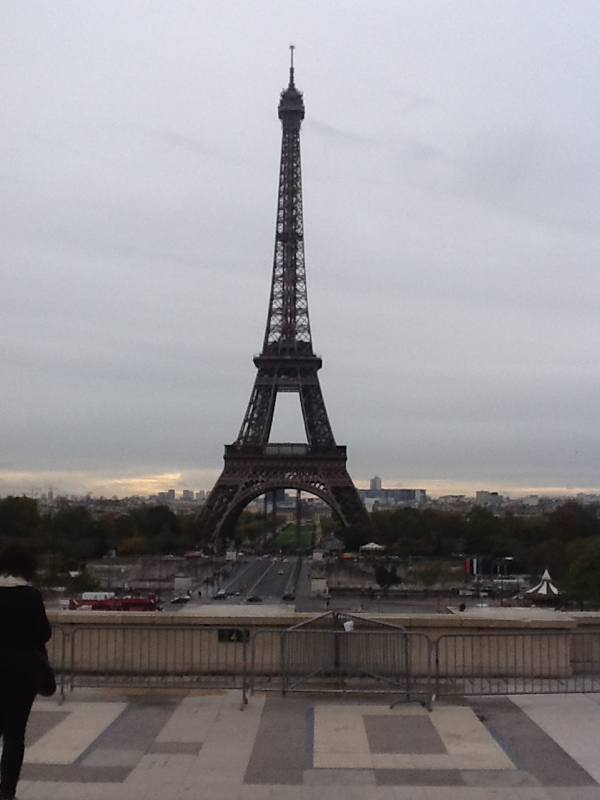
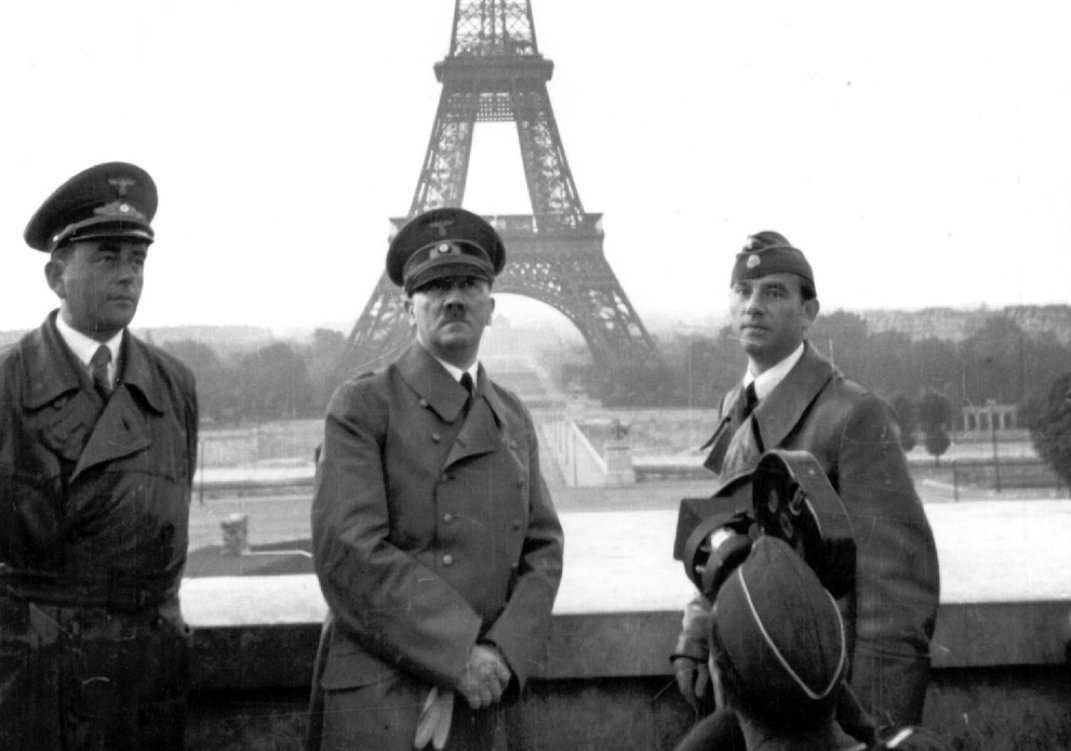
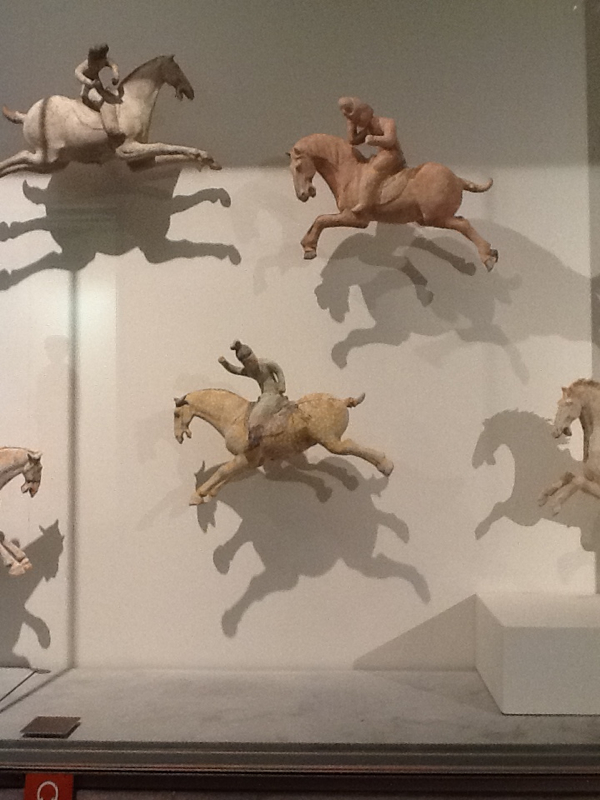
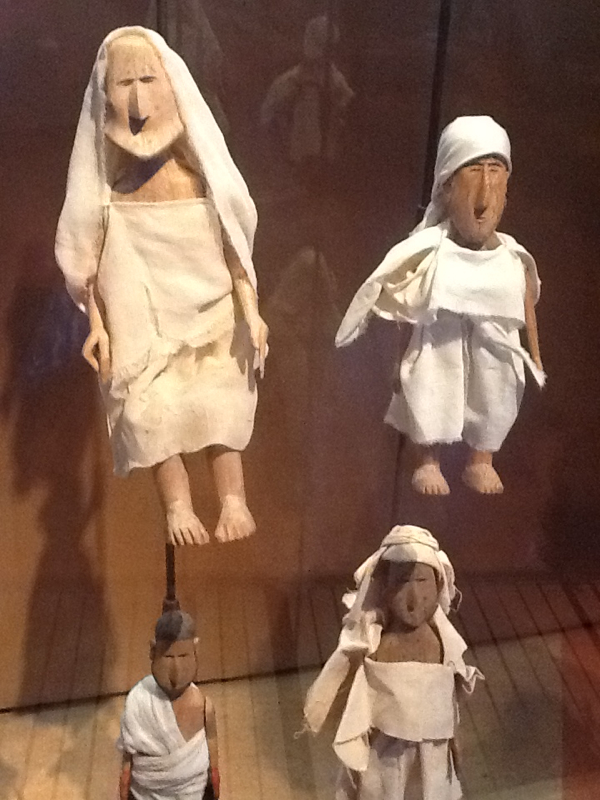
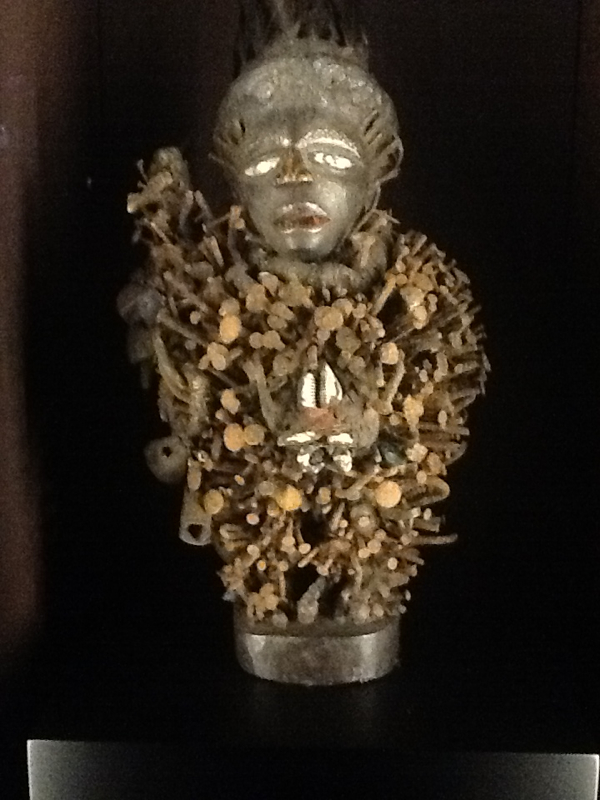
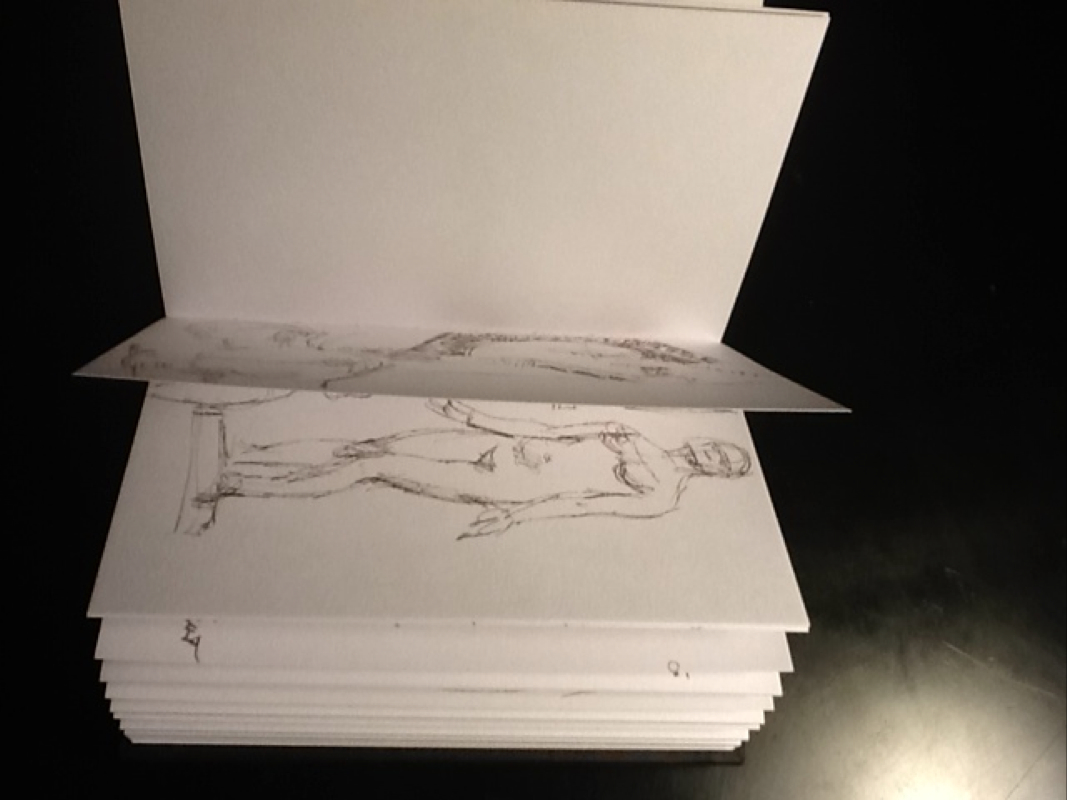
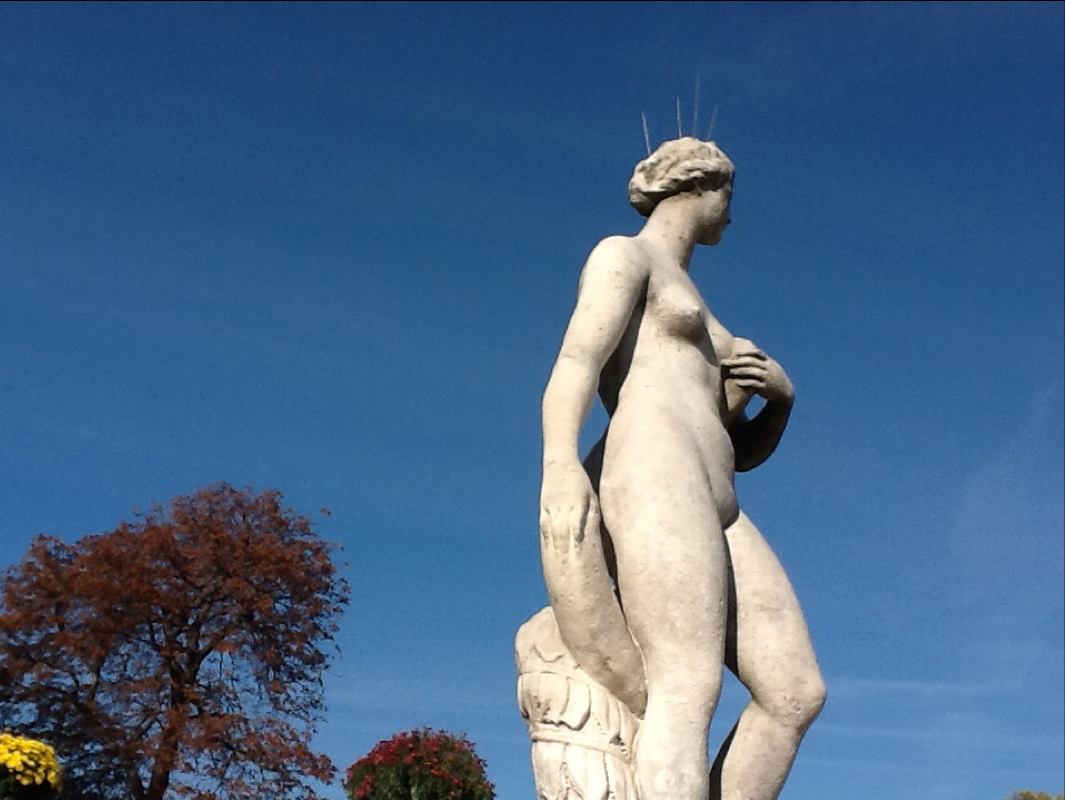
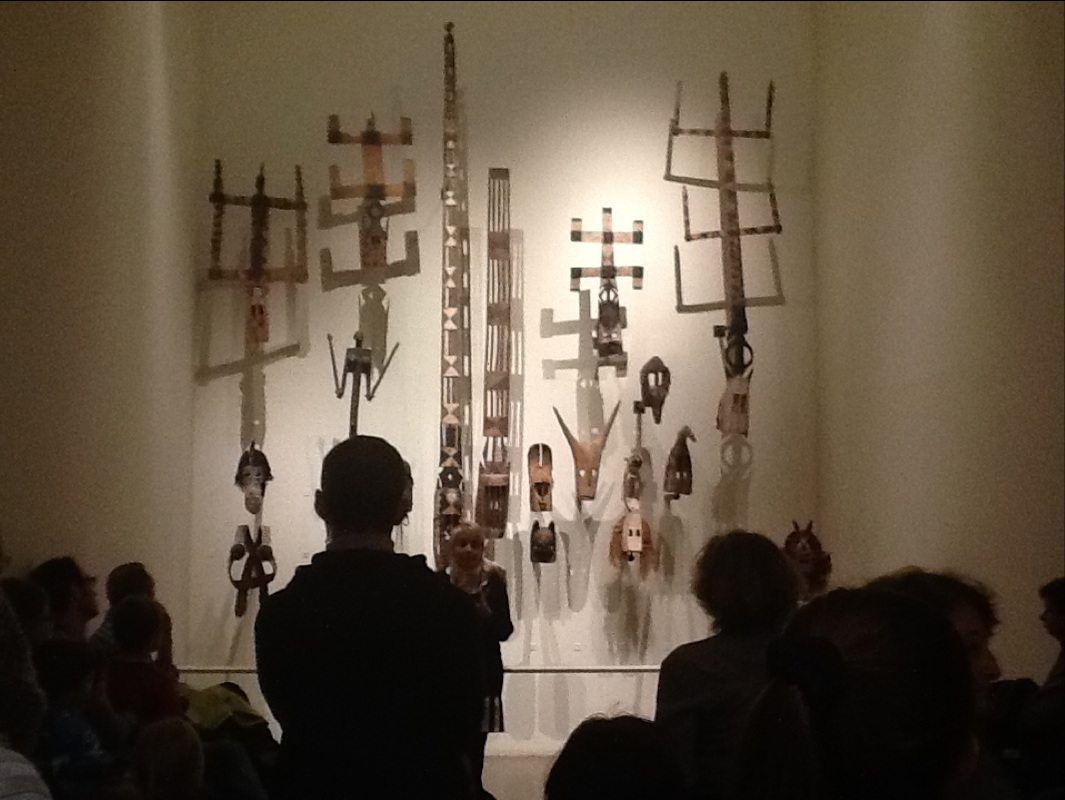
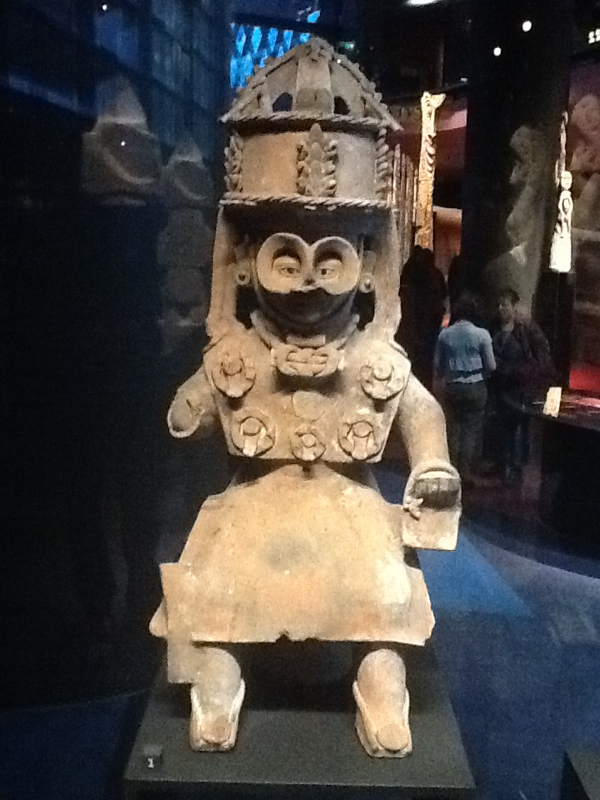
 RSS Feed
RSS Feed